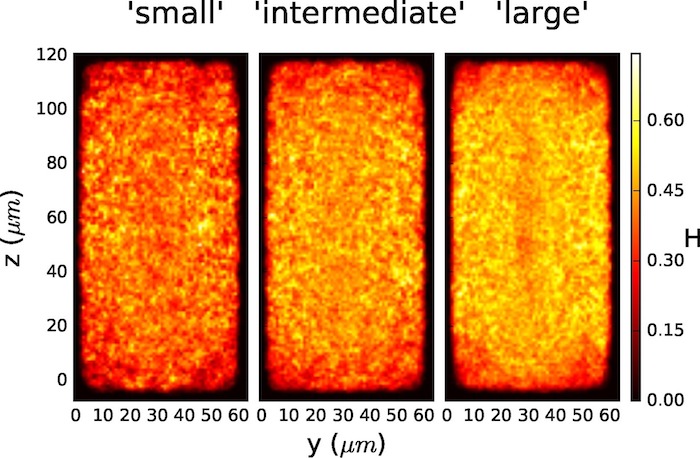load-balancing
Dynamic load-balancing of large-scale cellular simulations

The non-homogeneous distribution of computational costs is often challenging to handle in highly parallel applications. Using a methodology based on fractional overheads, we studied the fractional load imbalance overhead in a high-performance biofluid simulation aiming to accurately resolve blood flow on a cellular level. In general, the concentration of particles in such a suspension flow is not homogeneous. Usually, there is a depletion of cells close to walls, and a higher concentration towards the centre of the flow domain. We perform parallel simulations of such suspension flows. The emerging non-homogeneous cell distributions might lead to strong load imbalance, resulting in deterioration of the parallel performance. We formulate a model for the fractional load imbalance overhead, validate it by measuring this overhead in parallel lattice Boltzmann based cell-based blood flow simulations, and compare the arising load imbalance with other sources of overhead, in particular the communication overhead. We find a good agreement between the measurements and our load imbalance model. We also find that in our test cases, the communication overhead was higher than the load imbalance overhead. However, for larger systems, we expect load imbalance overhead to be dominant. Thus, efficient load balancing strategies should be developed.
References
2019
- Optimizing parallel performance of the cell based blood flow simulation software HemoCellIn Computational Science–ICCS 2019: 19th International Conference, Faro, Portugal, June 12–14, 2019, Proceedings, Part III 19, 2019
2018
- Load balancing of parallel cell-based blood flow simulationsJournal of computational science, 2018